Fresine pasta from Gragnano.
Today I want to introduce you to fresine pasta. Never heard of it? Neither had I until I was given a packet as a present recently. Yes, Italian friends have started to give me pasta as presents, especially pastas they feel I may not know or haven’t yet featured on the blog.
Fresine pasta is interesting because despite the fact that I couldn’t find a lot of recipes for it on Italian recipe sites or food blogs, it is produced by quite a number of artisan pasta makers, especially in Gragnano.
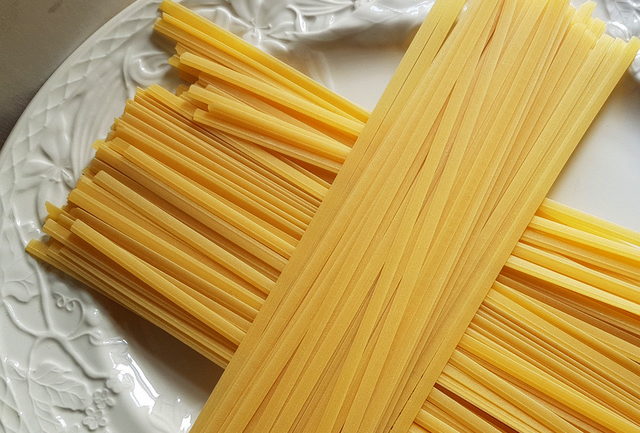
As I have mentioned in other posts Gragnano is a town near Naples in the Campania region, where dried pasta has been produced commercially since the 1500s. It is home to some of the best dried pasta makers in Italy. In fact, for a pasta to be labelled as ‘di Gragnano’ it must be produced in a legally specific area in and around the Bay of Naples and must be made with Italian durum wheat and water from the Monti Lattari.
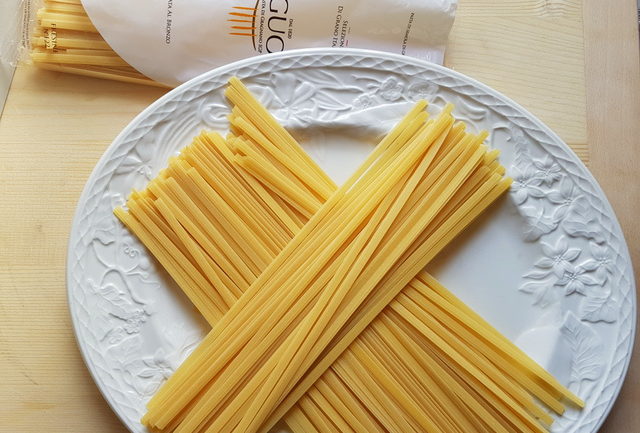
Pasta ribbons.
Fresine, like many other dried pasta shapes, originates from Gragnano. It is a ribbon pasta similar to fettucce - the name given to most no-egg versions of fettuccine, although some Italians use the same name for both. Fresine pasta is thicker than fettucce, and wider then bavette or linguine. It’s also quite rough on the tongue. Some pasta makers also call this pasta 'pellussielli' from the Italian ‘pelo’ meaning hair or fur! This, they say, is because of the slightly ‘hairy’ feeling of the surface produced by the rough milled durum wheat semola flour used to make this pasta.
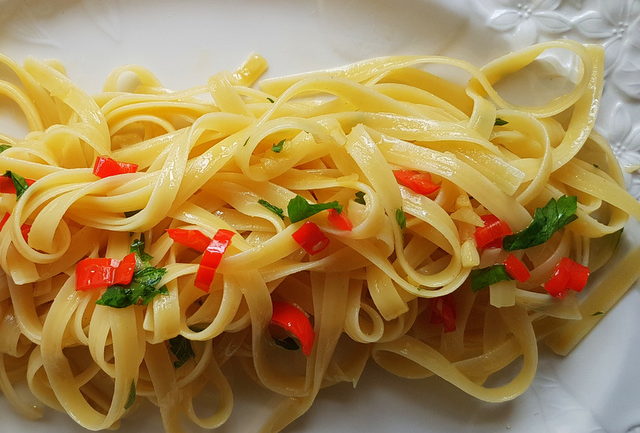
Personally, I wouldn’t say this pasta has a ‘hairy surface! However, it’s rougher, thicker and more fibrous than similar dried narrow pasta ribbons. Because fresine pasta is quite similar to types of fettucce (dried fettuccine) or bavette, it can be used in many similar recipes. But, I wouldn’t use it in buttery and creamy sauces like those often made with fresh fettuccine. Fresh fettuccine is usually an egg pasta and has a different taste and consistency.
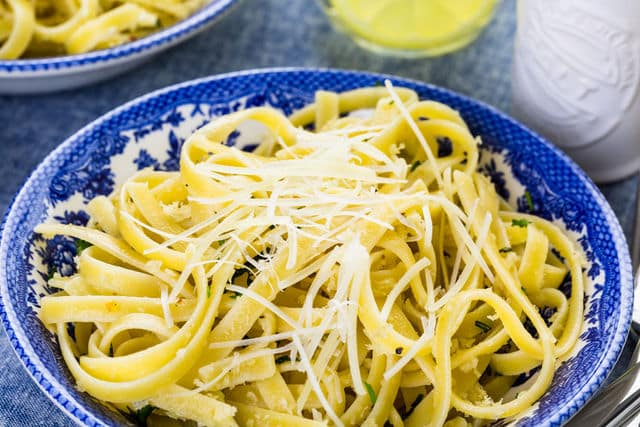
Recipes for fresine pasta
Fresine pasta is more suited to the stronger flavours of tomato and meat sauces or seafood sauces. The first time I used it, I made a simple aglio, olio, peperoncino. It worked really well and I will definitely repeat it. In the meantime, I’ll be looking for other recipes to try this pasta with. I recently came across one recipe for fresine pasta with prawns and zucchini which is top of the list!


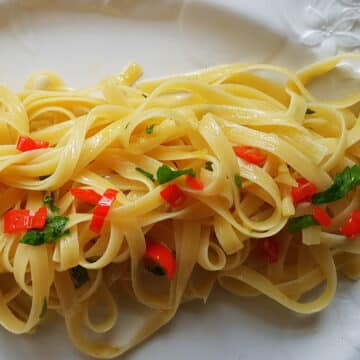
Tell us what you think